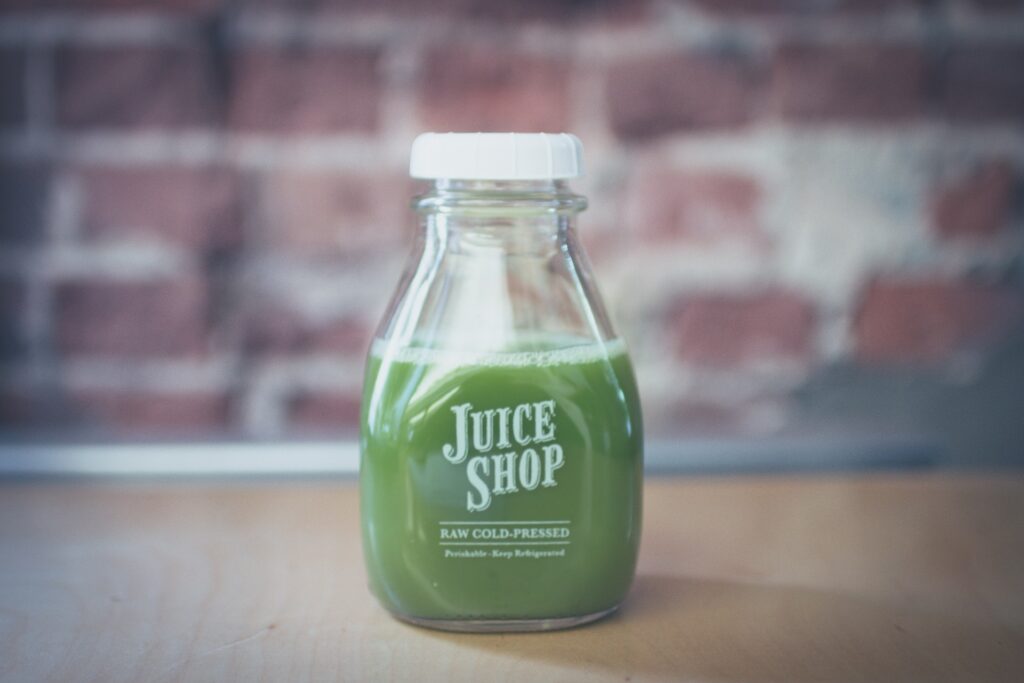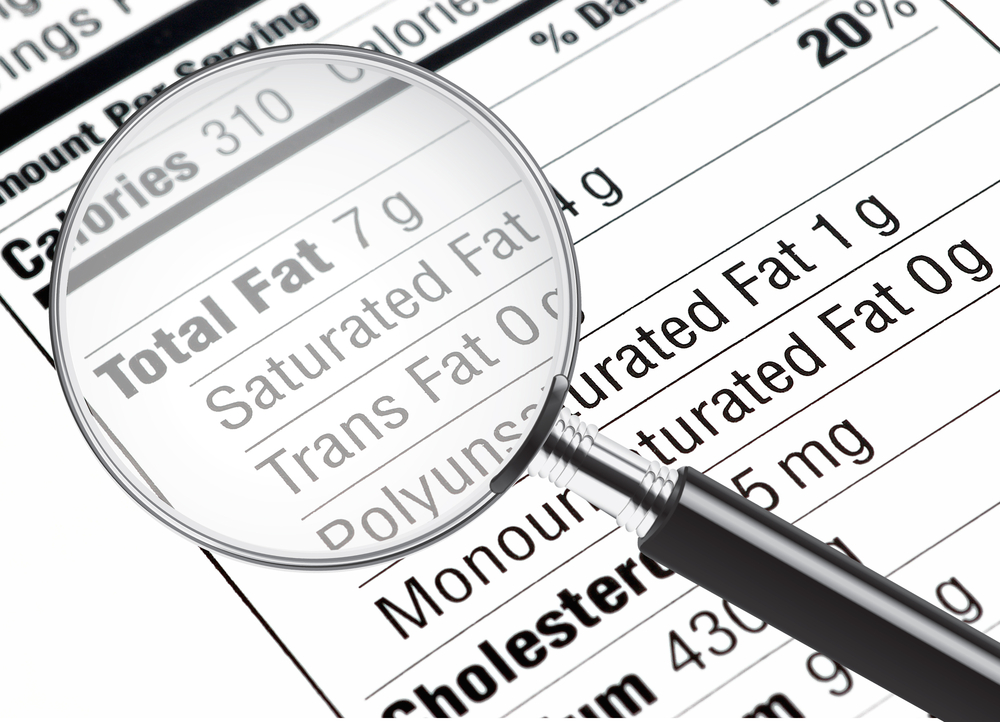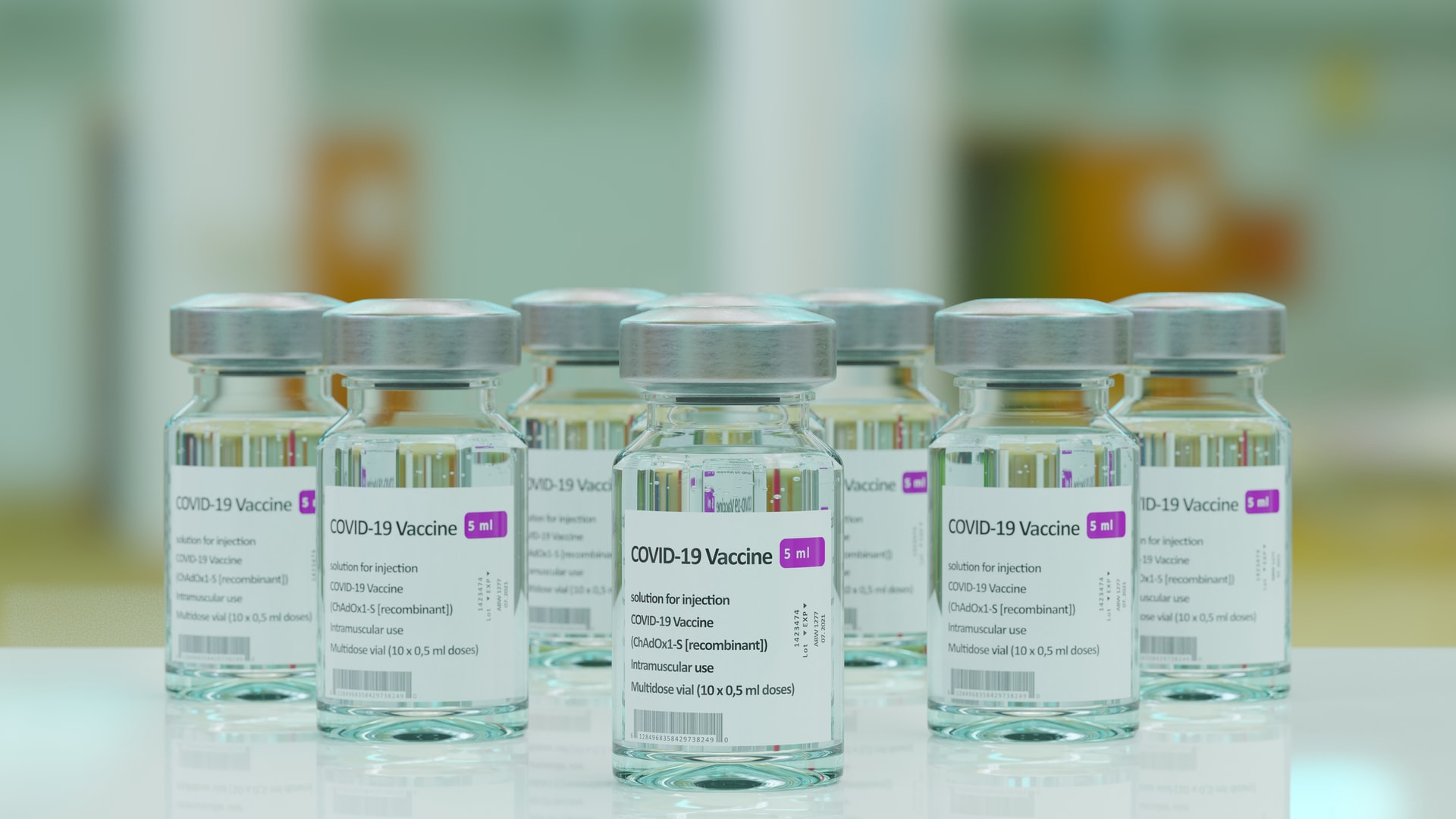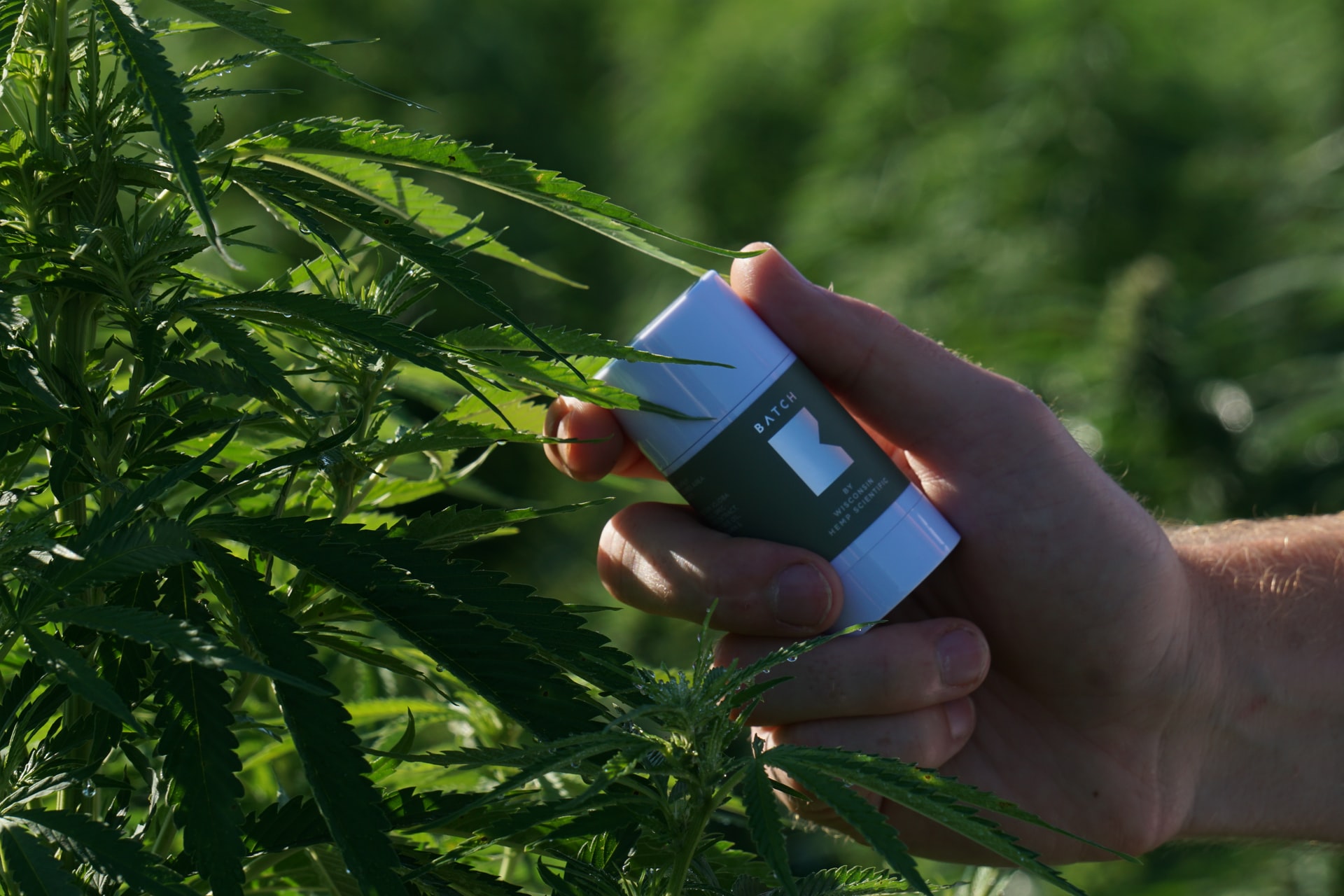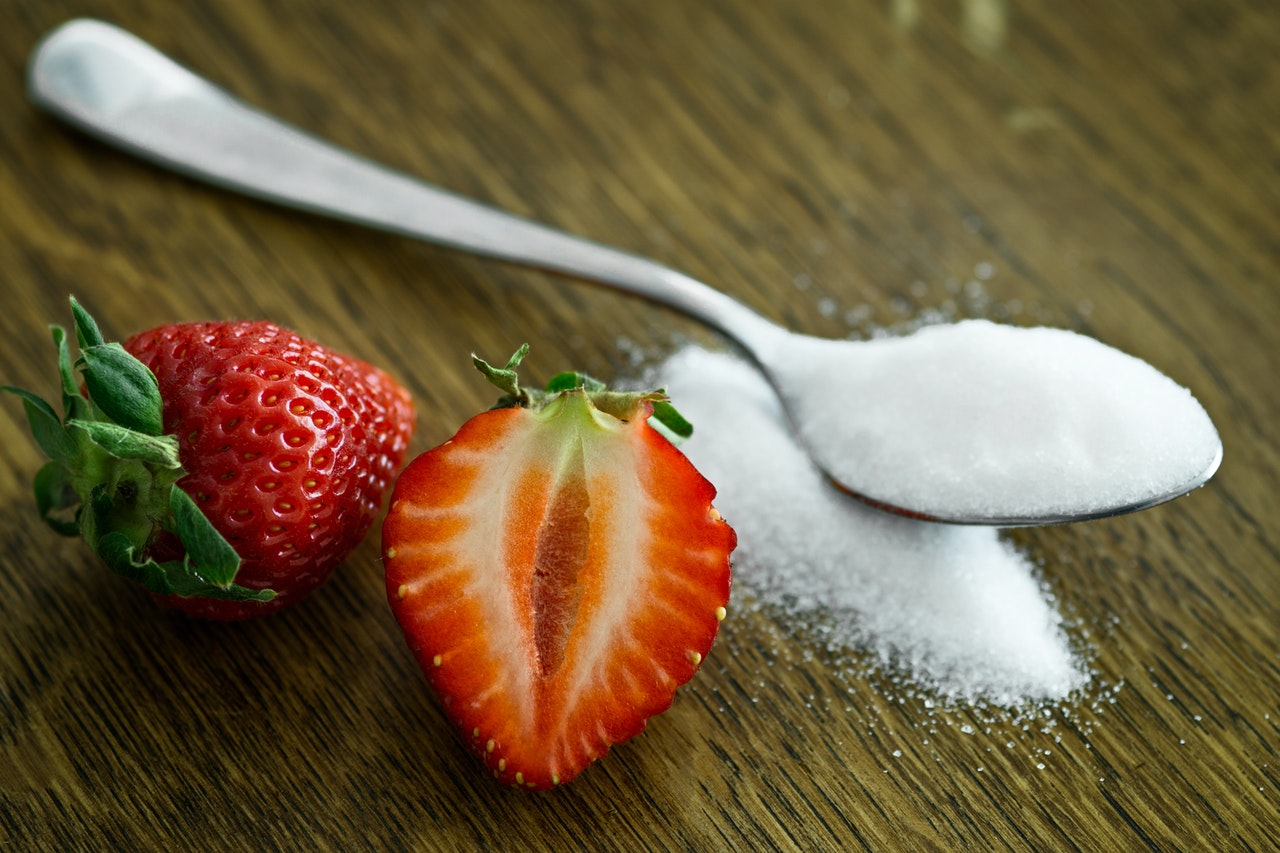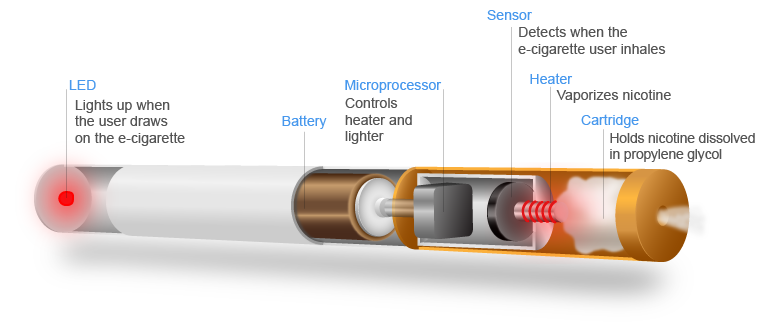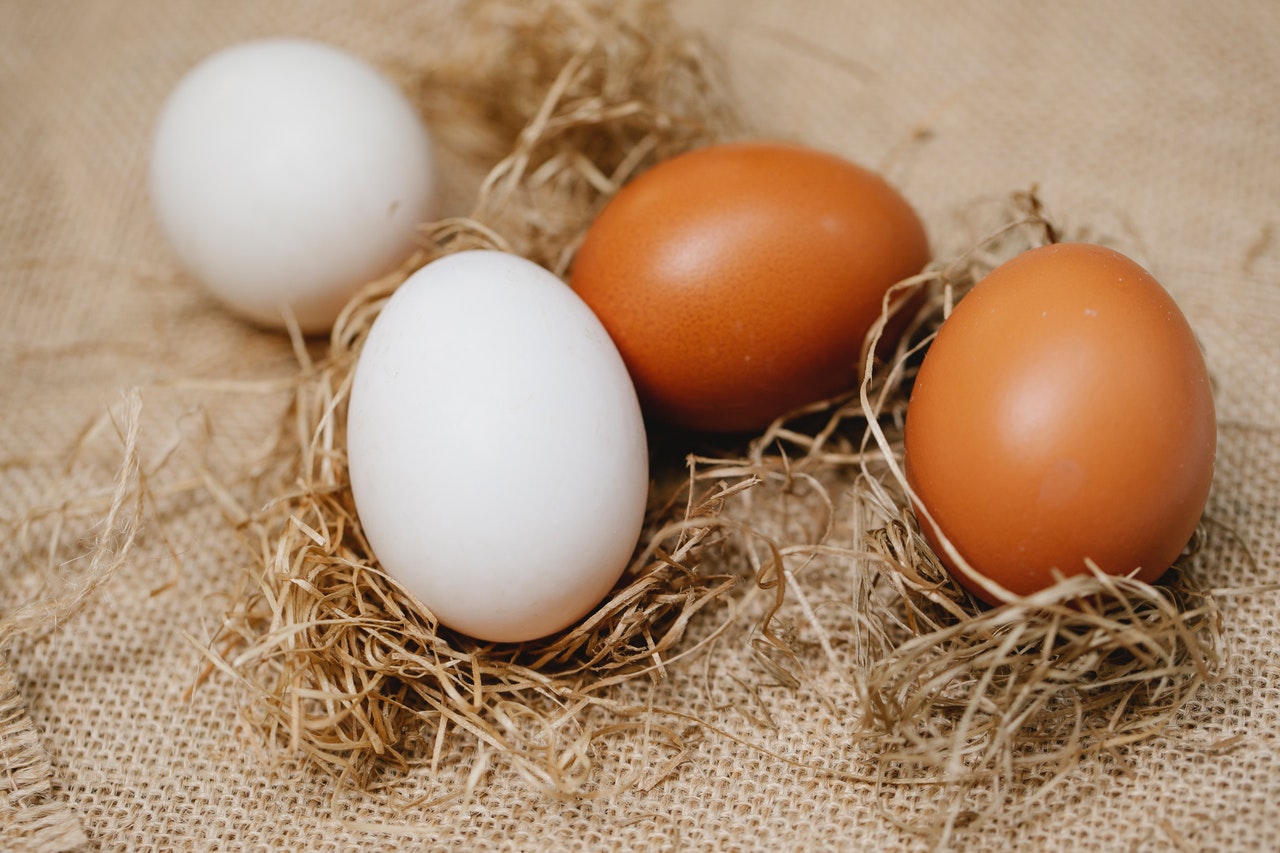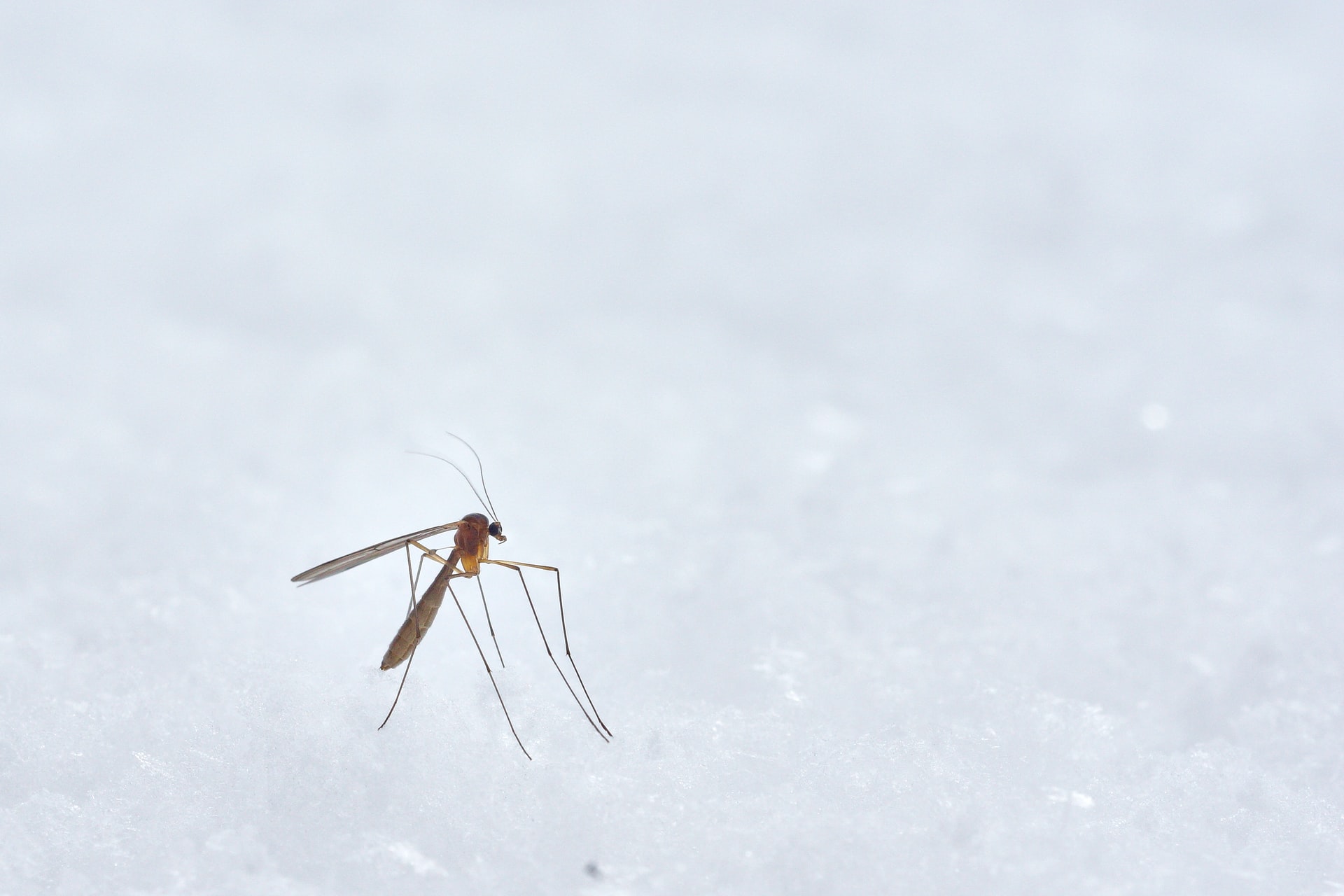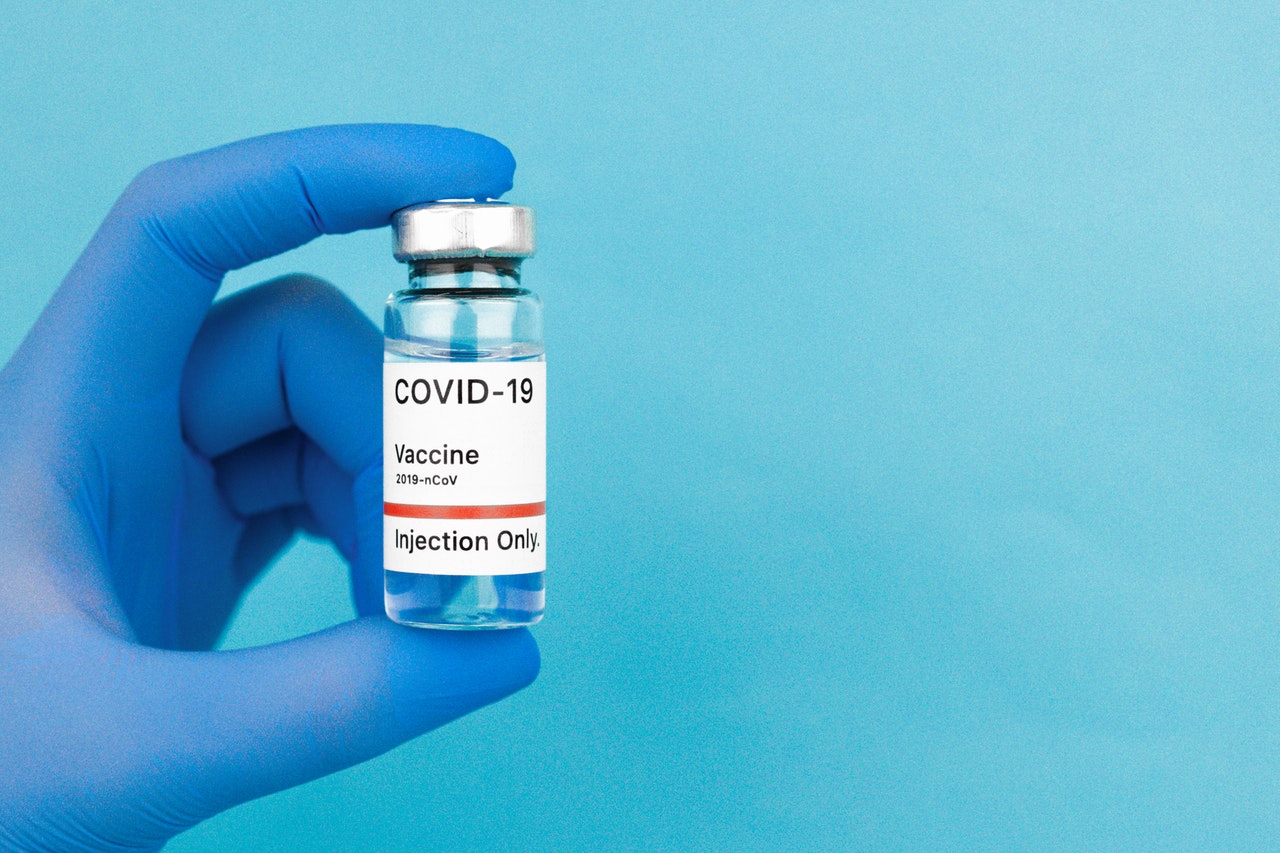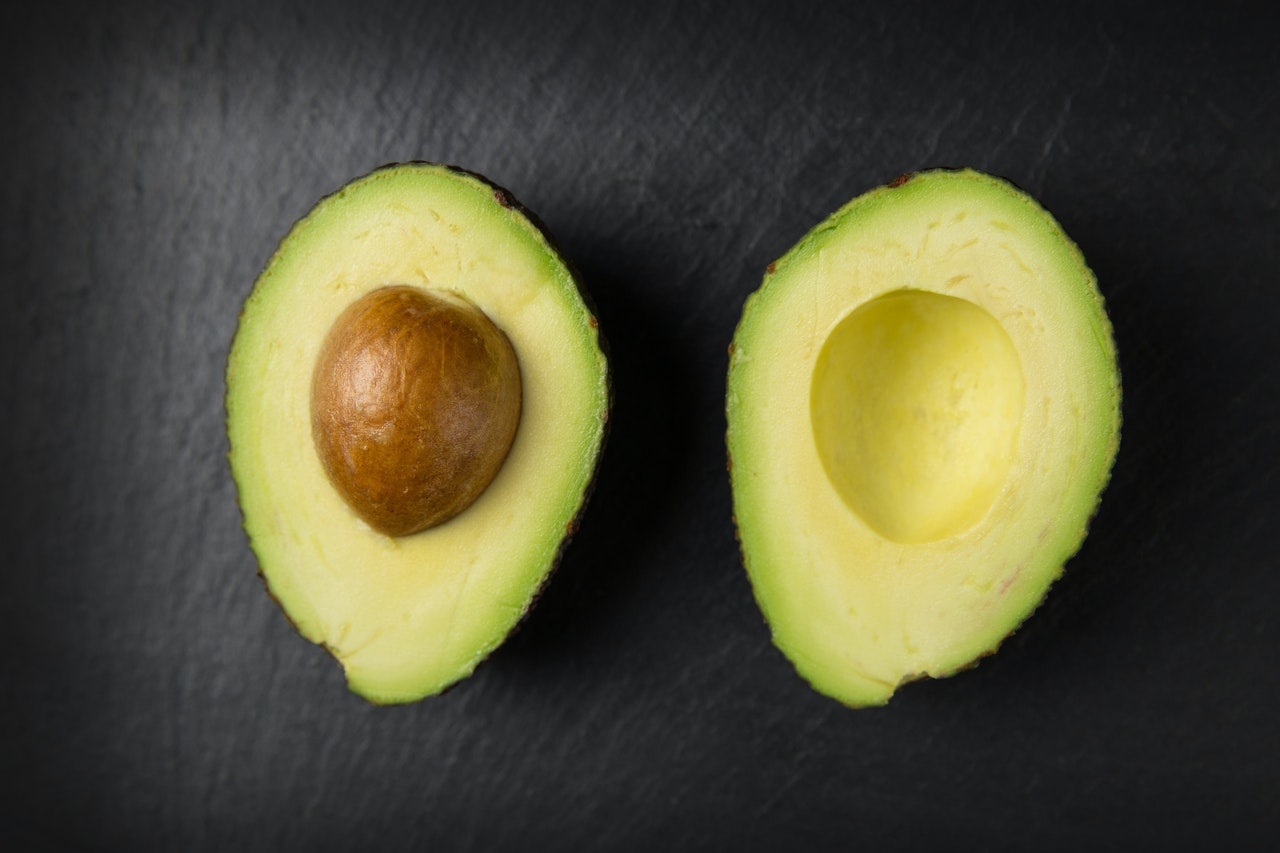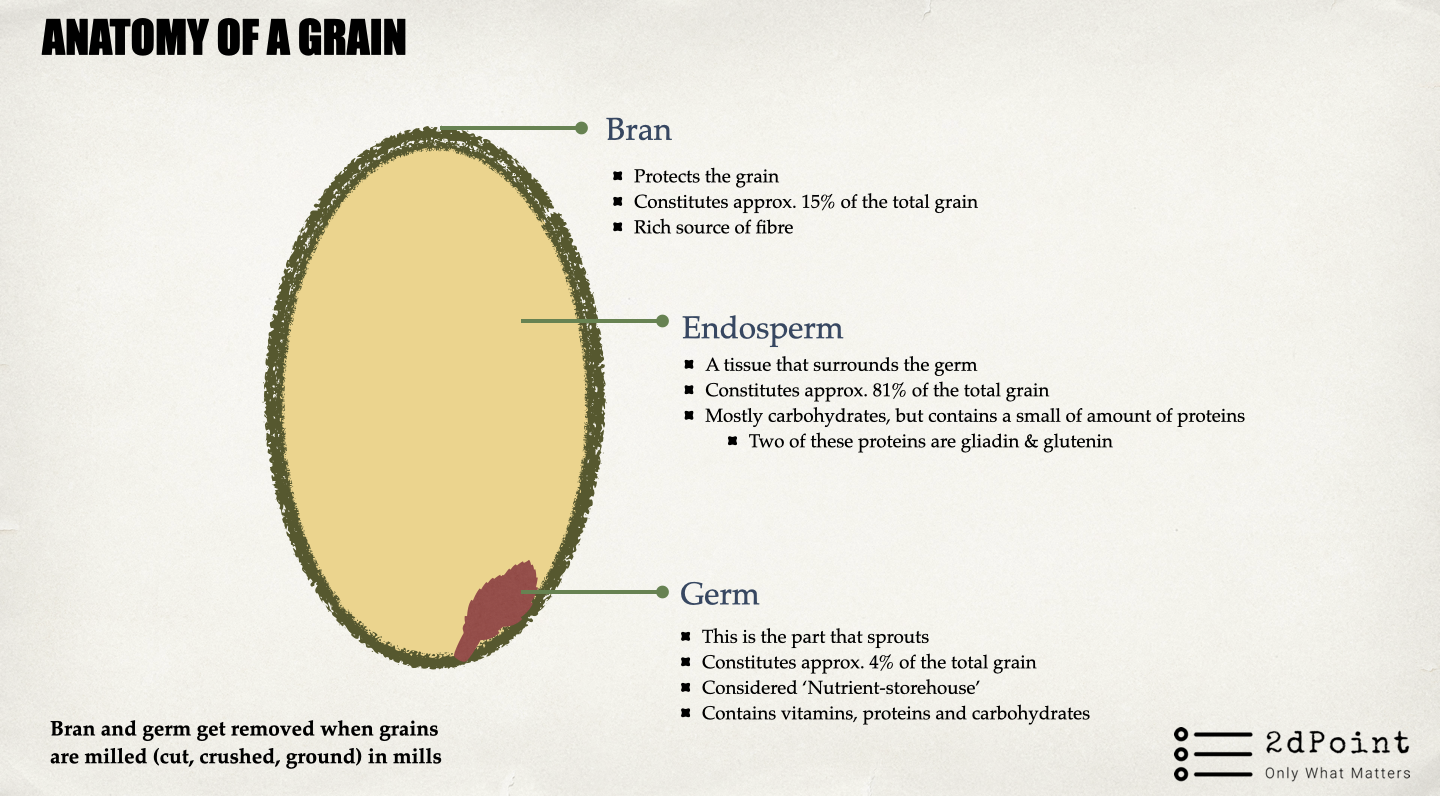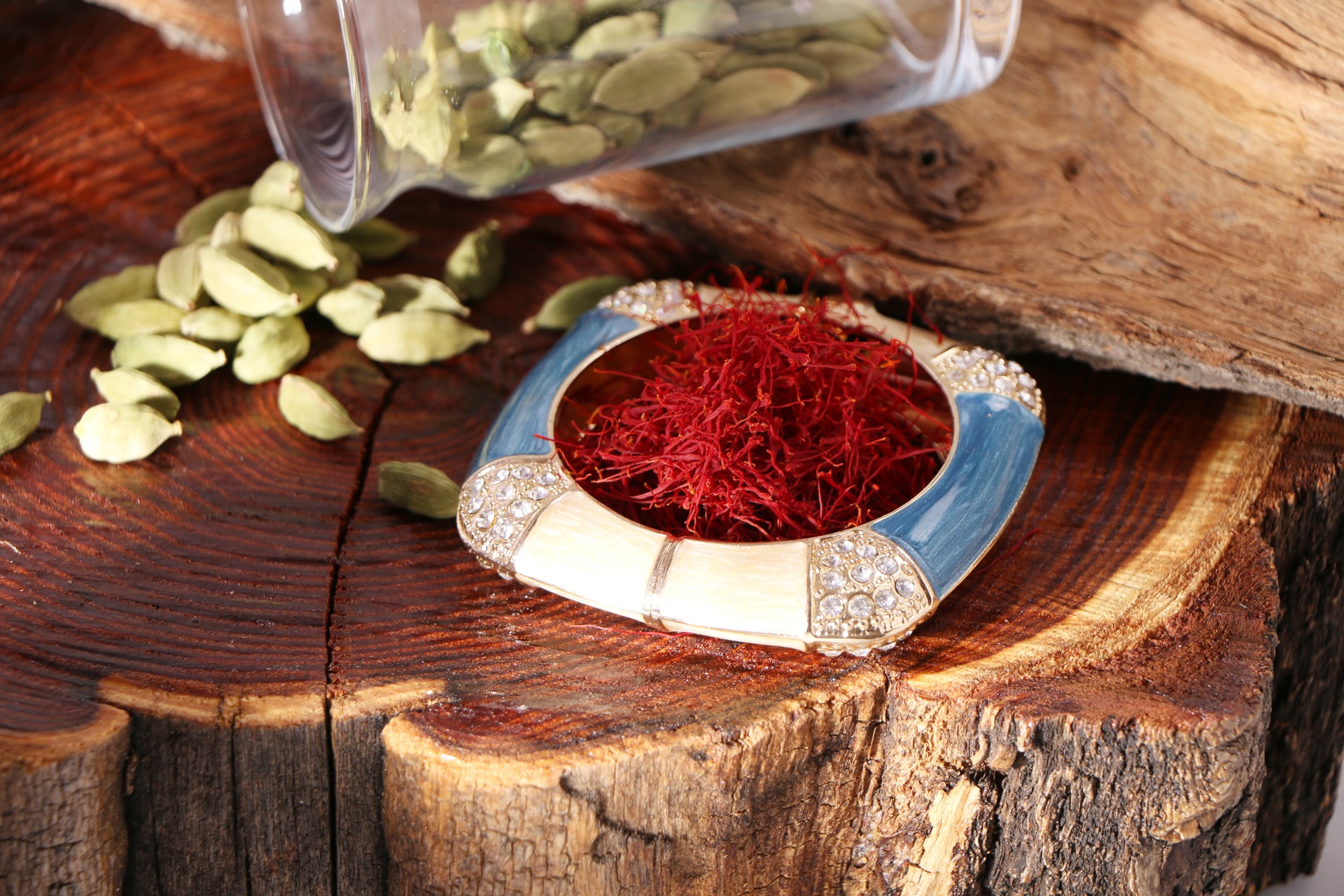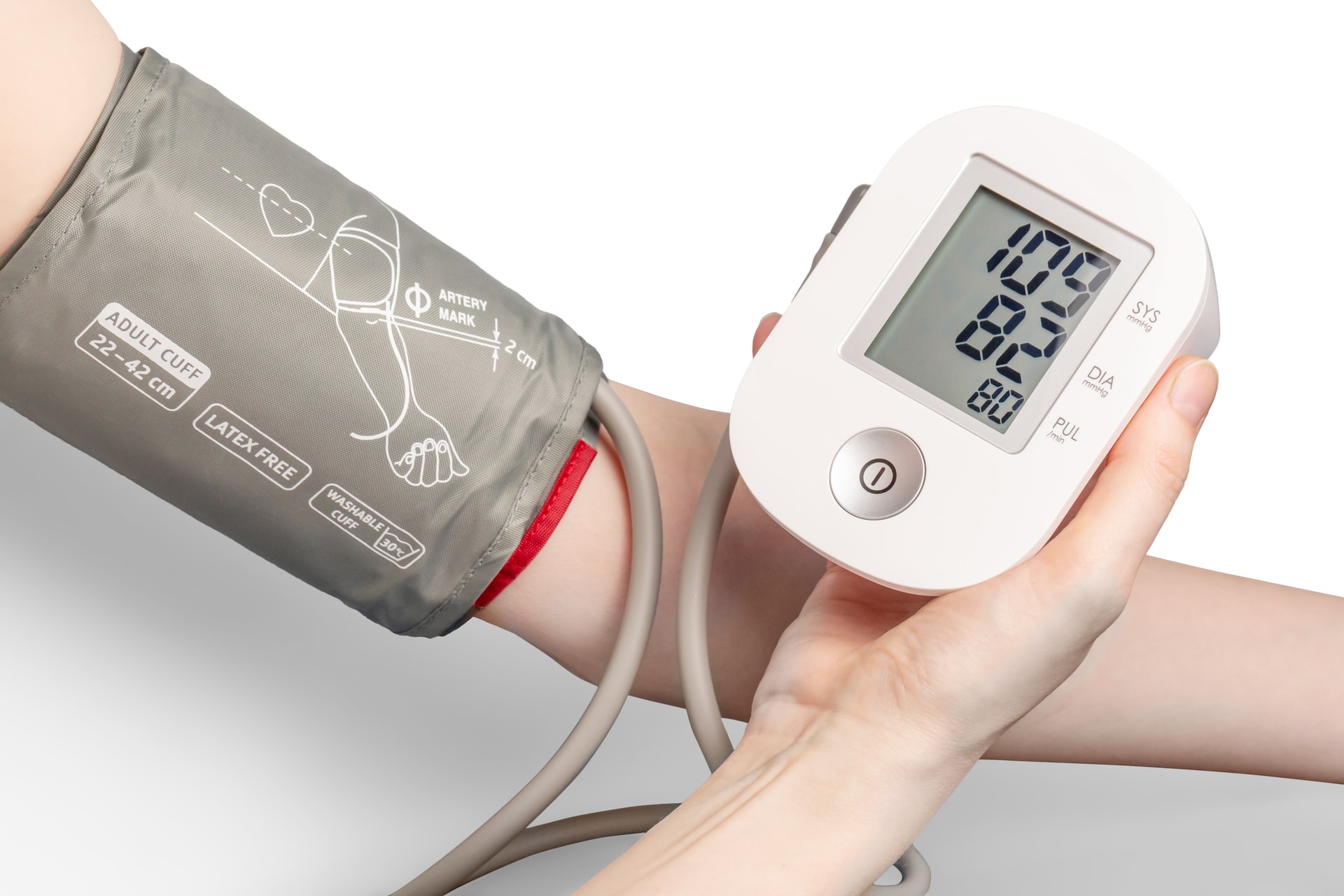Reading Time: < 1 minutes
- Cold-pressed juices were produced for decades, but the first cold-pressed juice bars emerged in 1996 in New York City.
- It was only in the 21st century that they became popular worldwide, and it is only recently that people started buying cold-press juicers for home use.
- So, the juicer that most of us have seen or used in our homes is most likely a centrifugal juicer.
- Now, centrifugal juicers break down foods at a speed of 6000 to 16000 rotations per minute (rpm), while cold-pressed juicers use a speed of just 40 to 80 rpm.
- Because cold-pressing is slow, it produces less heat and foam.
- Since vitamin C is the main thing that comes from juice and it is sensitive to heat and light, cold-pressed juices are said to have higher amounts of vitamin C because of lack of loss to the blades’ heat.
- Also, high foam means high air, which means oxidation, which is not good for the nutritional value of the juice (the longer fruit and veggies get exposed to the air, the fewer vitamins they will have).
- So, proponents of cold-pressed juice also use ‘lack of foam’ as an indicator of the greater nutritional value of cold-pressed juices.
- However, very little research is available that conclusively proves cold-pressed juices to be significantly better than regular juices.
- Therefore, most of the benefits that are being promoted are based on logical assumptions (and not conclusive evidence) on what heat and foam can do to the nutrients.
- Cold-pressed juicing is a two-step process, where the fruits/veggies are first reduced to a pulp, and then a hydraulic press extracts the juice from the pulp.
- It is called cold-pressed because of less heat (slow speed) and hydraulic pressing (step 2 of the juice extraction process).
Image courtesy of StockSnap through Pixabay

